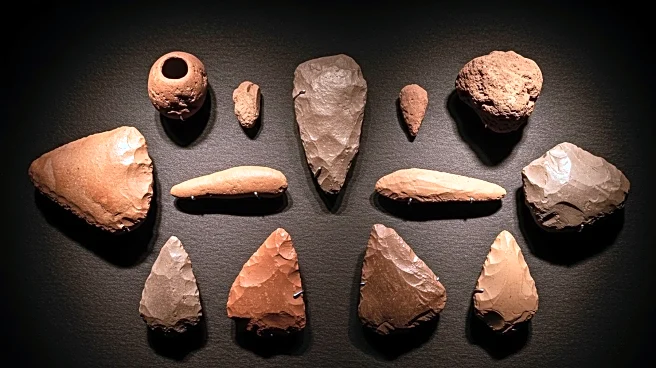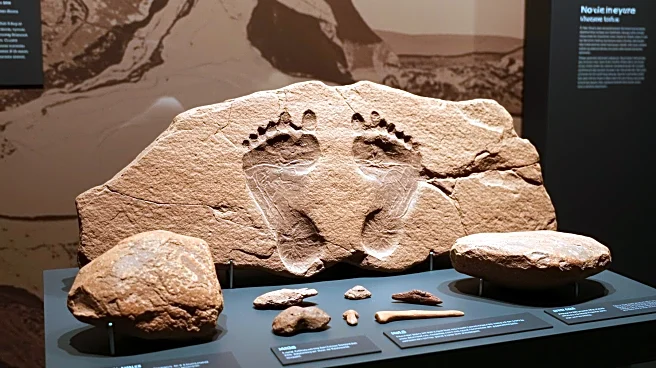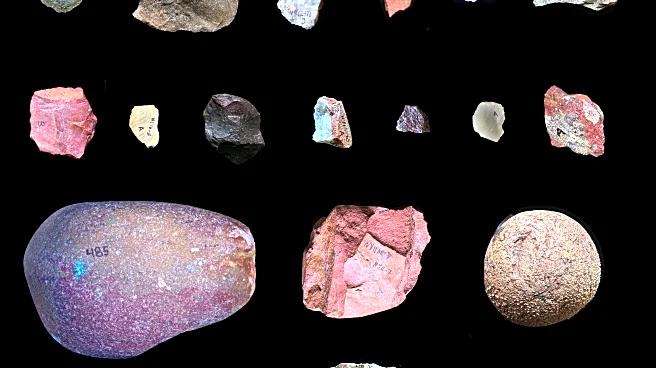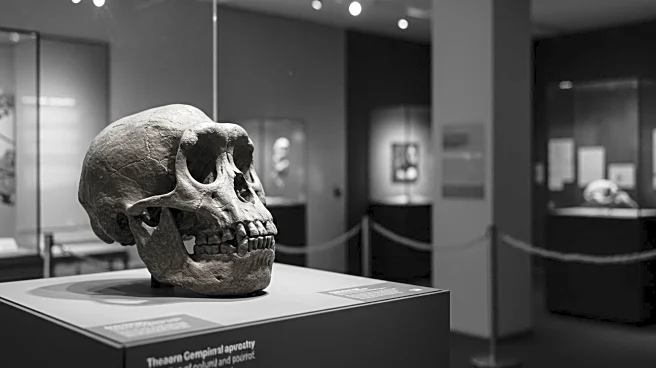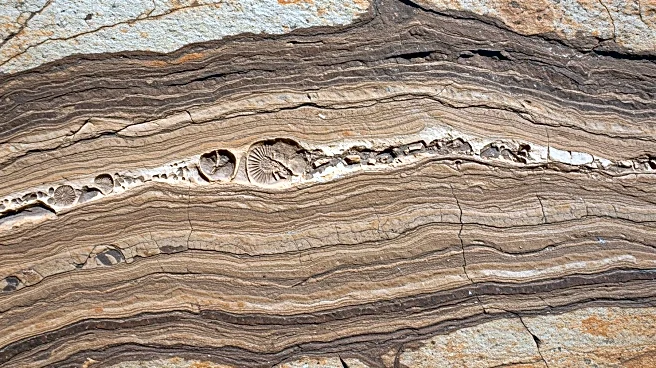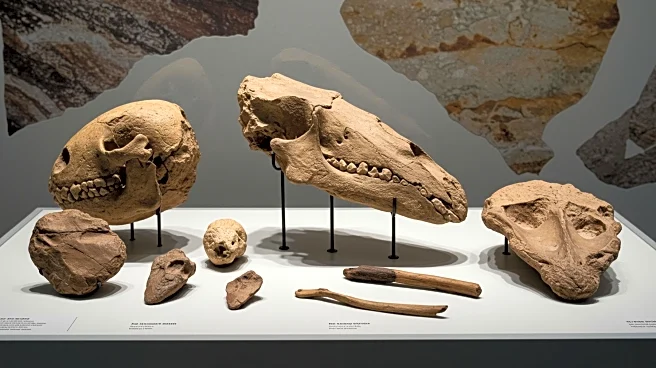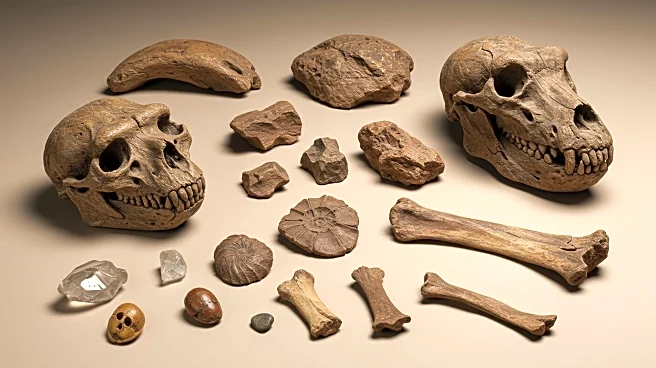What's Happening?
Archaeologists have uncovered evidence of early hominins importing high-quality stone for toolmaking in Nyayanga, Kenya, dating back 2.6 million years. The discovery suggests that these early toolmakers were capable of distinguishing stone quality and strategizing land use, marking the onset of the Oldowan industry. The tools were sourced from distances up to 13 kilometers, indicating advanced cognitive abilities in resource distribution. The findings challenge previous assumptions about early hominin behavior, suggesting they were not the only species capable of long-distance resource acquisition.
Why It's Important?
This discovery provides new insights into the cognitive and cultural evolution of early hominins, highlighting their ability to plan and execute complex tasks. The implications extend to understanding the development of human ancestors and their interaction with the environment. The ability to source and transport materials over long distances suggests a level of social organization and strategic thinking previously unattributed to early hominins. This research could reshape theories on the evolution of toolmaking and resource management in prehistoric societies.
What's Next?
Further research is needed to determine the specific species responsible for the toolmaking at Nyayanga, as the only fossils found belong to Paranthropus, a genus not directly related to modern humans. Archaeologists will continue to explore the site and analyze the tools to gain deeper insights into the behaviors and capabilities of early hominins. The findings may lead to reevaluations of the timeline and processes of human evolution, particularly regarding the development of cognitive skills and social structures.
Beyond the Headlines
The discovery raises questions about the cultural and social dynamics of early hominin groups, including their ability to cooperate and share knowledge. It also challenges the notion of human exceptionalism in toolmaking and resource management, suggesting that other species may have exhibited similar capabilities. The research underscores the importance of interdisciplinary approaches in archaeology, combining geological, anthropological, and ecological perspectives to understand ancient societies.
